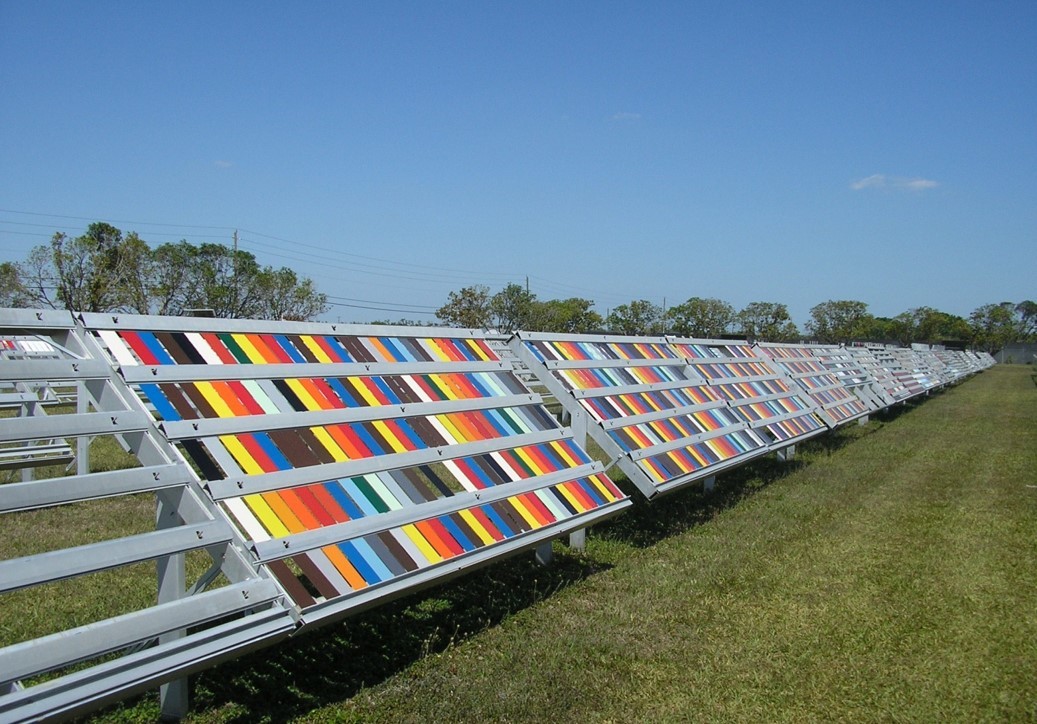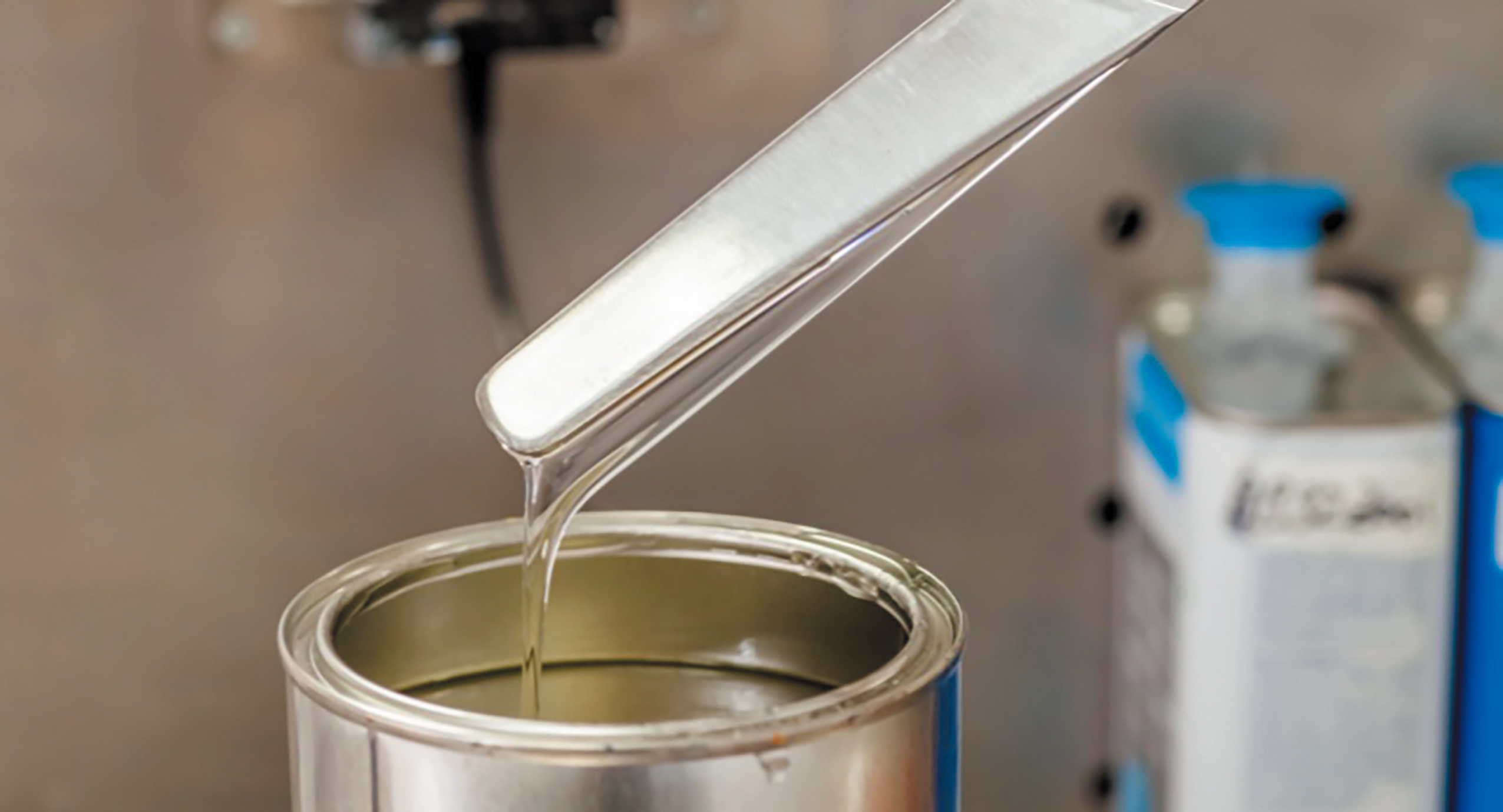Understanding the “Outdoor Durability of Coatings” (Part 2): Failure Modes, Authoritative Tests, and Life Prediction
Release time:
2025-08-24
After understanding the intrinsic mechanisms of coating degradation, the next key step is to identify its external failure manifestations and establish scientific and reliable test methods to evaluate and predict its outdoor durability. This is not only the core of quality control but also a compass for guiding the R&D of new products. This article will illustrate common coating failure modes and systematically introduce the "testing pyramid" from real environments to the laboratory, as well as how to quantify the concept of "durability" through authoritative standards.
The “Symptoms” of Coating Aging: Illustrated Common Failure Modes
The chemical degradation of a coating will eventually manifest in macroscopic physical failure forms, which mainly include:
Gloss Loss and Discoloration: This is the most intuitive sign of aging. The surface becomes rough due to erosion, or the polymer/pigment undergoes chemical changes, leading to a decrease in gloss and a change in color.

The chart shows the color change and fading of different coatings after various stages of aging.
Chalking: The resin binder on the coating surface degrades completely and loses its adhesive power, causing pigment particles to be loosely attached to the surface, which leaves a powdery residue when touched.
Cracking and Peeling: Aging makes the coating brittle and increases internal stress. Cracking occurs when the internal stress exceeds the coating's fracture strength. If degradation occurs at the interface between the coating and the substrate, the loss of adhesion will lead to large-area peeling.

The chart shows the changes in the microscopic morphology of the coating after different periods of outdoor exposure, such as cracking and peeling.
Blistering: It is usually caused by moisture penetrating beneath the coating. When heated by sunlight, the moisture evaporates and forms pressure, lifting the coating film and creating blisters.
“Simulating the Future”: The Testing Pyramid for Outdoor Durability
To evaluate a service life of several decades within an acceptable timeframe, the industry has established a system of test methods ranging from real-world to accelerated, which can be figuratively understood as a “testing pyramid”.
The Foundation—Natural Exposure Tests
This is the most reliable and realistic “gold standard”. Coated panels are placed in outdoor exposure sites with harsh environments, such as the internationally recognized South Florida (high temperature, high humidity, strong UV) and Arizona (extremely strong UV, dry) in the United States. Although time-consuming, its results serve as the ultimate benchmark for validating the effectiveness of all accelerated tests.
The Body—Outdoor Accelerated Exposure
To shorten the test cycle, the industry has developed equipment that uses Fresnel mirror arrays to track and focus sunlight, such as EMMAQUA®. It can magnify natural light intensity by 5 to 8 times, significantly accelerating aging. For example, about six weeks of testing in Arizona can simulate one year of exposure in Florida.
The Apex—Laboratory Accelerated Aging
This is the most efficient testing method, simulating outdoor environments in a controlled test chamber. Its core is whether the artificial light source can truly simulate the solar spectrum. The current mainstream technologies include:
Xenon Arc Lamp: Through specific filters, it can well simulate the full solar spectrum from UV to visible light, is recognized as the artificial light source closest to natural sunlight, and is the technology adopted by important standards such as ISO 11341 and GB/T 1865.
Fluorescent UV Lamp (QUV): It mainly emits UV light. However, different lamp types vary greatly : The UVA-340 lamp can better simulate the short-wave UV portion of sunlight and has good correlation with outdoor exposure , while the UVB-313 lamp contains ultra-short-wave UV light that does not exist in nature, which can cause atypical degradation, and its test results generally have poor correlation with outdoor exposure, potentially misleading formulation development.

The table lists 10 commonly used laboratory coating aging test methods, including 8 outdoor and 2 indoor methods.
Interpretation of Authoritative Standards: How to Quantify “Durability”
To unify evaluation standards, major global standards organizations have formulated detailed specifications, transforming the vague concept of "durability" into measurable, specific indicators.
AAMA 2605: The “Mount Everest” for Architectural Coatings
This is the highest performance standard for architectural aluminum profile coatings in North America, with extremely strict requirements. Its core indicators are that after 10 years of outdoor exposure in South Florida, the coating must meet the following:
Color Retention: Color difference change not exceeding 5 Delta E units.
Gloss Retention: Gloss retention rate not less than 50%.
Chalking Resistance: Chalking rating not lower than level 8 (for colored) or level 6 (for white).
Film Thickness: 80% of the measurements for spray-applied coatings must be greater than or equal to 30 micrometers.
ISO 12944: The “Global Language” for Steel Structure Protection
This international standard provides a classification system for anti-corrosion coating systems for steel structures based on environmental corrosivity and expected service life. Its defined durability ranges are:
Durability Level | Expected Service Life Range |
Low (L) | Up to 7 years |
Medium (M) | 7-15 years |
High (H) | 15-25 years |
Very High (VH) | >25 years |
It should be noted that "durability" here is not a "warranty period," which is usually a shorter commercial commitment.
GB/T 1766: China's “Aging Rating Scale”
China's GB/T 1766-2008 standard specifies in detail the rating methods for various properties of aged coatings (such as blistering, cracking, chalking, discoloration, etc.), providing a unified basis for the quality assessment of domestic coatings.
Insight into the Essence: From Microscopic Analysis to Life Prediction
In addition to macroscopic evaluation, modern analytical techniques can delve into the microscopic level to reveal the chemical essence of degradation. For example, Dynamic Mechanical Analysis (DMA) technology can evaluate changes in coating cross-linking density and the embrittlement process. Research has found that epoxy-modified polysiloxane coatings exhibit excellent mechanical properties due to their high glass transition temperature (Tg) of up to 65.6°C and high cross-linking density. These microscopic data provide strong scientific support for understanding macroscopic failure and optimizing formulations, laying the foundation for the ultimate achievement of accurate Service Life Prediction (SLP), which is also the future direction of coating durability research.
Previous Page
Latest News
Get a Free Consultancy
NANTONG EASTO MATERIALS TECHNOLOGY CO.,LTD.

No.118,Zhujiang Rd.,Juegang St.,Rudong County,
Nantong City,Jiangsu Province,226400,China




 2025-08-24
2025-08-24






